The Iberian lynx got by with a little help from its friends
Bigger than a house cat, smaller than a mountain lion, the lynx is an agile hunter, a sleek and handsome animal, and a survivor. There are four varieties of lynx: the Eurasian lynx, the Iberian lynx, the Canada lynx, and the bobcat (or red lynx). But we almost lost one.
In 2002, there were less than 100 Iberian lynxes left in the wild. So the people of Spain and Portugal came together. It was their combined effort that brought this incredible animal back from the brink of extinction.
Add the lynx to the list of cats you love
If you like cats, you will love this feline. And if you’re more of a dog person, you’re still going to fall in love with it. Who can resist that powerful, intense look?
Lynxes are medium-sized mammals, about 30 to 40 inches (80 to 100 cm) from their pointed ears to their short tails. Their spotted bodies – covered in golden, white or reddish fur – are low to the ground. But their strong legs can propel them high into the air.
The lynx has large, furry paws like snowshoes. These provide insulation in cold climates and a tool to stalk silently across snowy landscapes. Stout and powerful, their strong hind legs let them pounce on prey. They can leap up to 10 feet (3 meters) in a single springing jump.
These animals are known for their unique bearded chins and pointed ears with tufts of black hair on the tips. These brush-like tufts help them hear the slightest sounds. And they make them even more efficient hunters. Their ears act as antennas, helping them detect hidden prey from long distances.
While females weigh about 20 pounds (9 kg), males can grow to 26 pounds (12 kg).
Lynx kittens are adorable. But they are born blind and totally dependent on the mothers for the first weeks of life. Over time they learn how to hunt and survive alone. Lynxes live solitary lives.

Do not pet this kitty
If you have a cat, surely more than one lynx behavior is familiar to you.
They mark territory with urine. They rub hidden facial glands against rocks and trees. And they sharpen their claws by scratching trees … instead of your couch.
They cover large territories, protecting against competitors, ensuring they have the resources to survive. They’re excellent climbers. They climb trees to escape other predators or to simply rest and observe their domain.
These animals prefer solitude.
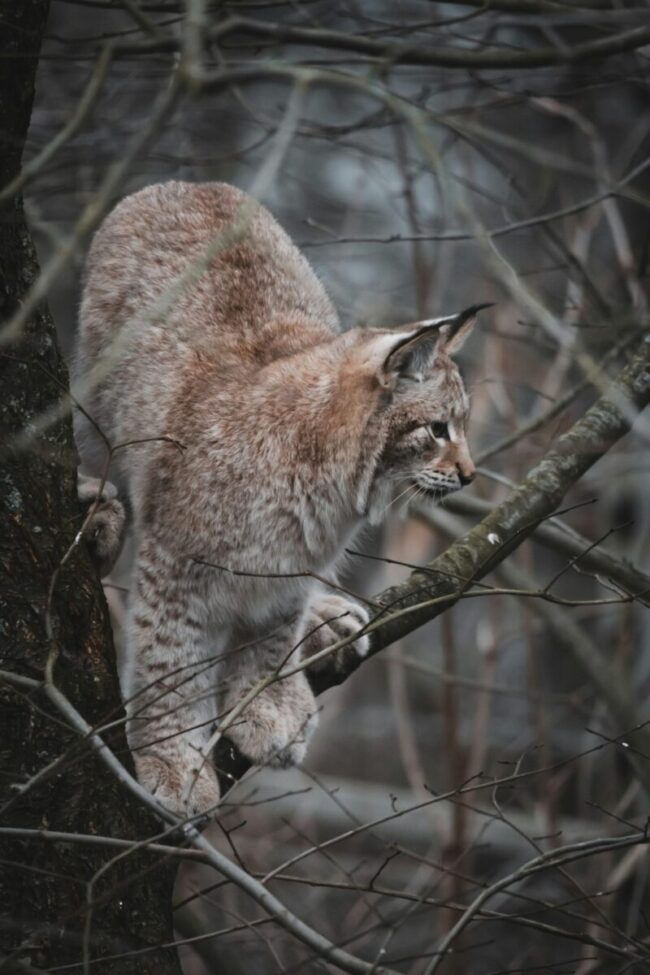
Plays like a house cat, hunts like a lion
These carnivorous animals are masters of camouflage. Their spotted bodies blend excellently into their surroundings. Their fur ranges from shades of brown to hues of off-white. And dark spots help them hide among the trees and undergrowth of forests and mountains.
But don’t be fooled. As much as they look like adorable cats, their diet includes everything from small mammals – rabbits and rodents – up to small deer. They hunt alone. They stalk their prey silently, springing for a final attack. And they can reach impressive heights, leaping to snag animals in flight.
The lynx is fast. But it’s much faster over short distances, using a lot of energy very quickly and tiring soon. Yet it has another trick up its furry sleeve. It anticipates its prey’s movement, making it hard to escape this amazing hunter.
These creatures are especially active at dawn and dusk, but also at night, taking advantage of the darkness. Their excellent night vision and spectacular hearing allow them to detect prey up to 1000 feet (300 meters) away.
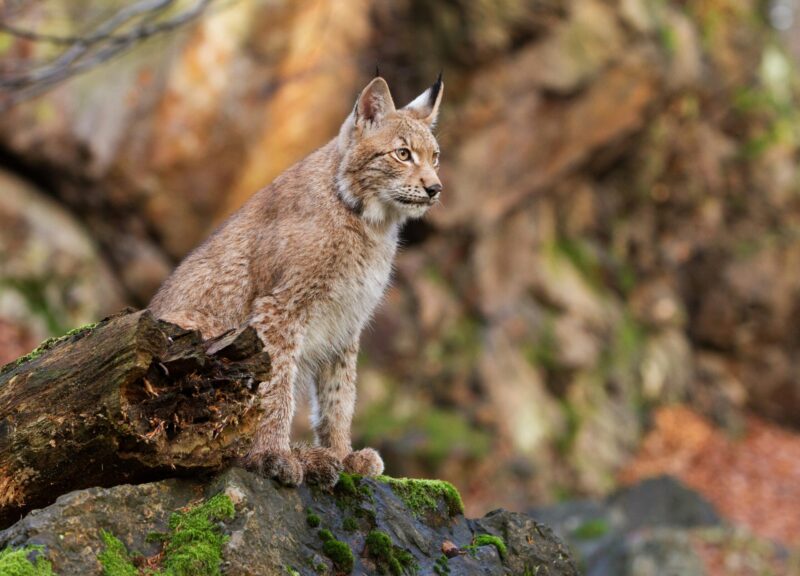
The Northern Hemisphere alone shelters this beauty
There are four species of lynxes, all of them north of the equator. And all of them are beautiful creatures:
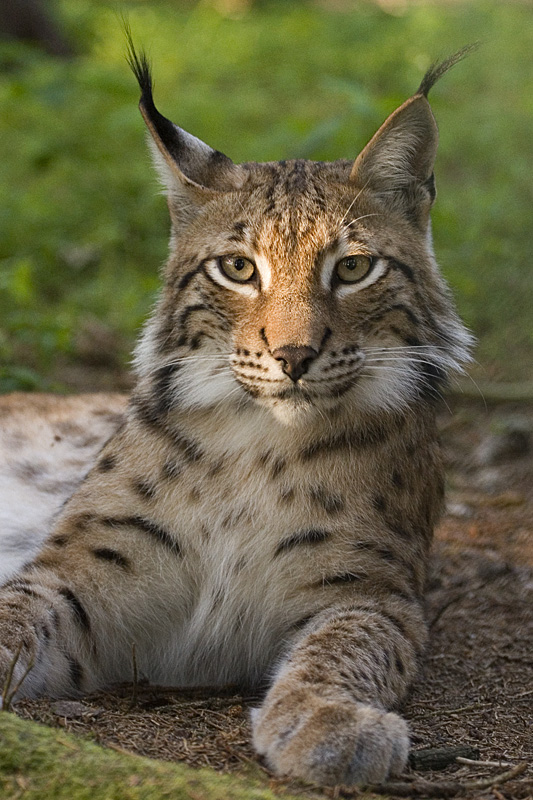
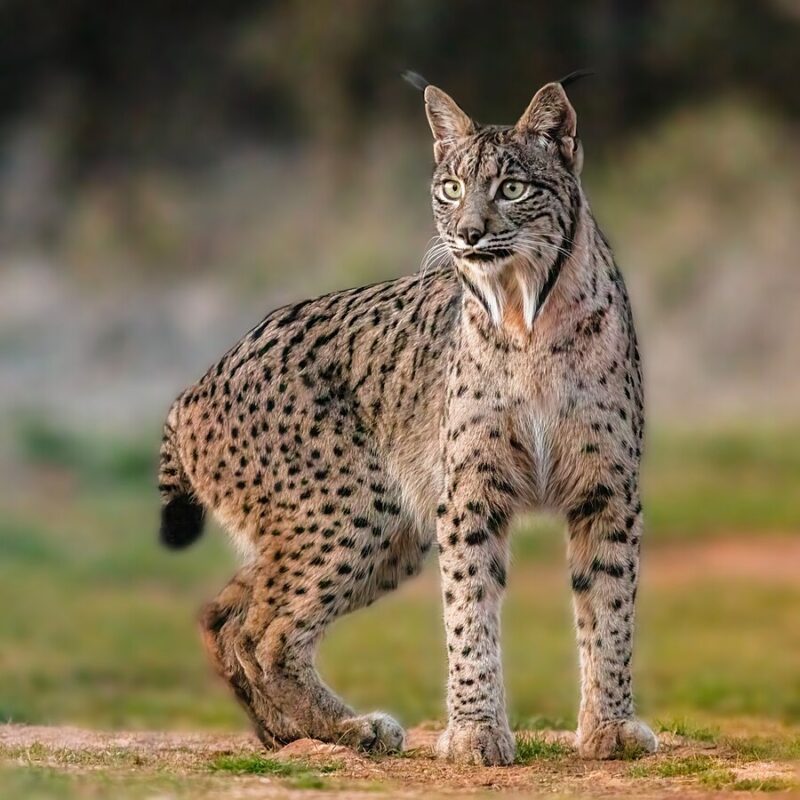

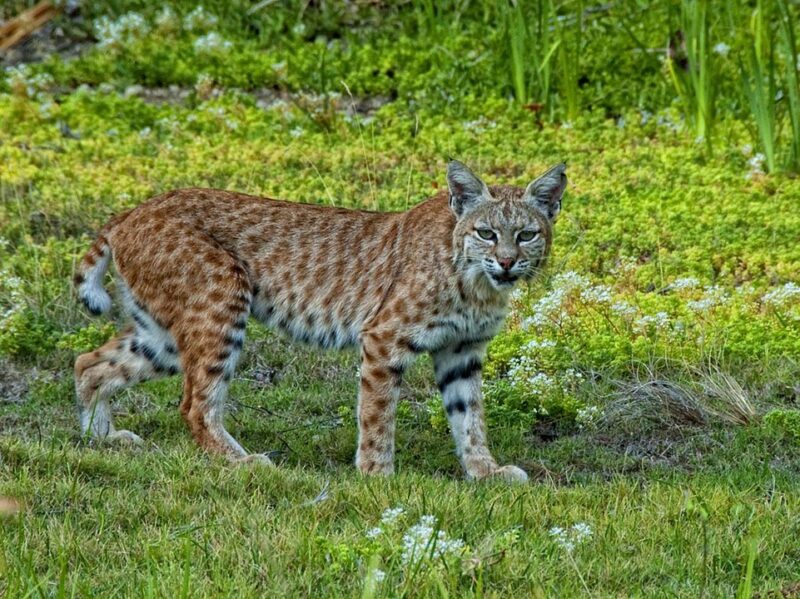
Iberian lynx, you are not on the list
When you hear “you are not on the list,” it’s usually a bad thing. But in this case, it couldn’t sound any better.
In 2002 (with 100 specimens) the Iberian lynx entered the list of critically endangered species. It was the most endangered feline on the planet. After an incipient recovery in 2015 – at 404 individuals – it was classified as merely an endangered animal. So the doorway to hope remained open.
And now, the International Union for Conservation of Nature (IUCN) has decided that its status has improved even further and circumstances are in place for the lynx to be removed from the list of endangered animals.
The international organization updated its lists on June 27, 2024, thus lowering the degree of threat suffered by this animal. It changed from “endangered” to “vulnerable.” The Iberian Peninsula now has 2,021 specimens!
Even so, the IUCN warns that this species continues to be threatened by the alteration of its habitat due to factors such as climate change, poaching or road kill.
Look at the lynx population in 2011 and in 2023:
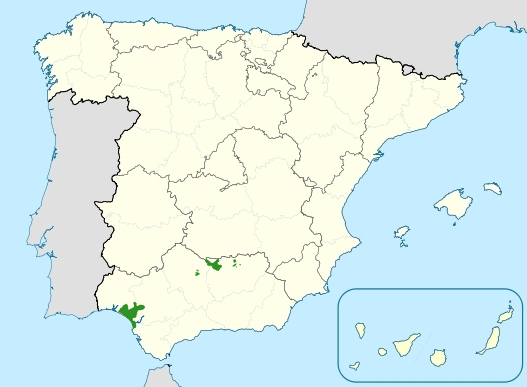
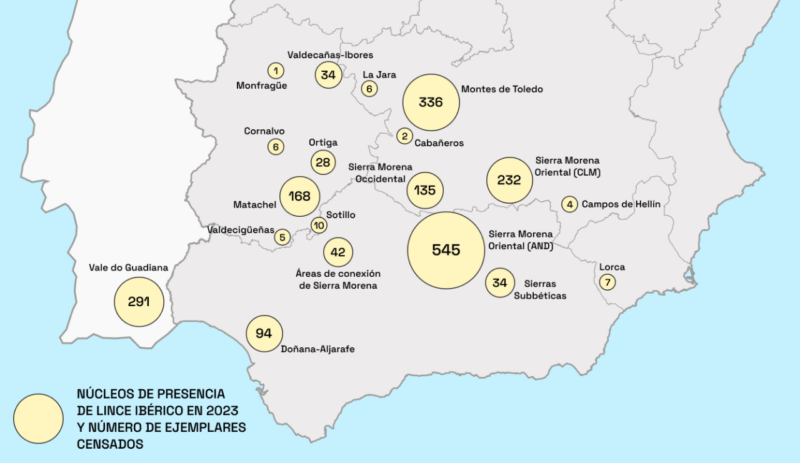
Iberian lynx is a Spanish national emblem
The possible disappearance of the Iberian lynx made the alarms sound loudly. And the sound was definitely heard.
When conservation efforts started at the beginning of the century, there were only two populations of Iberian lynxes in Doñana and Andújar-Cardeña, both in Andalucía in southern Spain.
Germán Garrote from the Department of Sustainable Development at the Junta de Andalucía said the recovery was worth the cost:
All the money and effort invested have paid off.
Many lynxes were reintroduced in areas where there were many populations of rabbits. During this reintroduction, the number of rabbits and their well-being were also taken into account, so as not to harm one animal to save another. To encourage rabbits’ expansion, they were given large pastures, water troughs and the safety of fences. No roads, no human hunters.
Biologist Carmen Rueda at the CBD Hábitat Foundation called for consistency:
Of course, it requires an investment and a continuous effort over time. It’s no use doing a lot of things one year if you won’t be able to keep them up the next year.
The key to success is prior work that guarantees the area can house a lynx population. The process works best by taking the lynx where the rabbit is, and not the other way around.
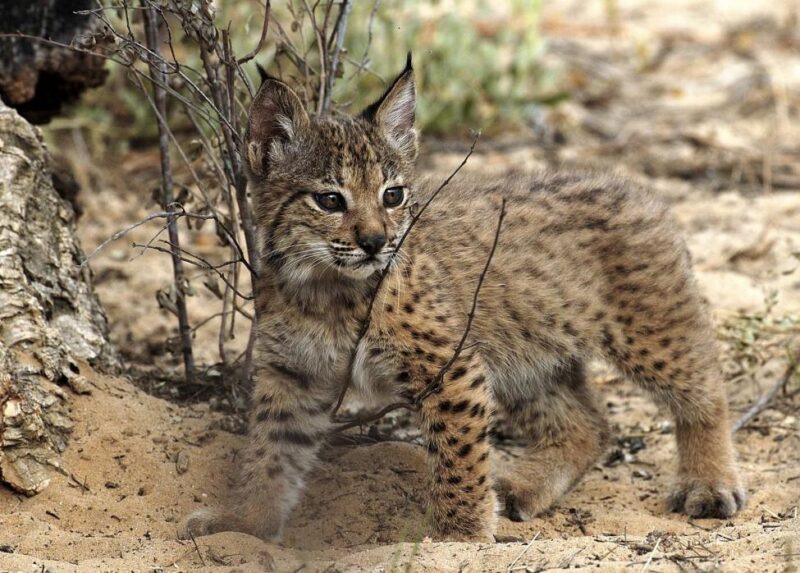
Changing human attitudes can save a species
The change in humans’ attitude is essential too. When farmers realize the lynx is not an enemy, a much-needed collaboration arises. In many cases, the lynx is an ally that keeps farmers’ livestock safe from predators.
After all, the animal was once so respected that astronomers gave it a place in the sky.
Francisco Javier Salcedo Ortiz is the coordinator of the LIFE Lynx-Connect project. The organization led the conservation action for the Iberian lynx. He believes cooperation is key:
This success is the result of committed collaboration between public bodies, scientific institutions, NGOs, private companies, and community members including local landowners, farmers, gamekeepers and hunters.
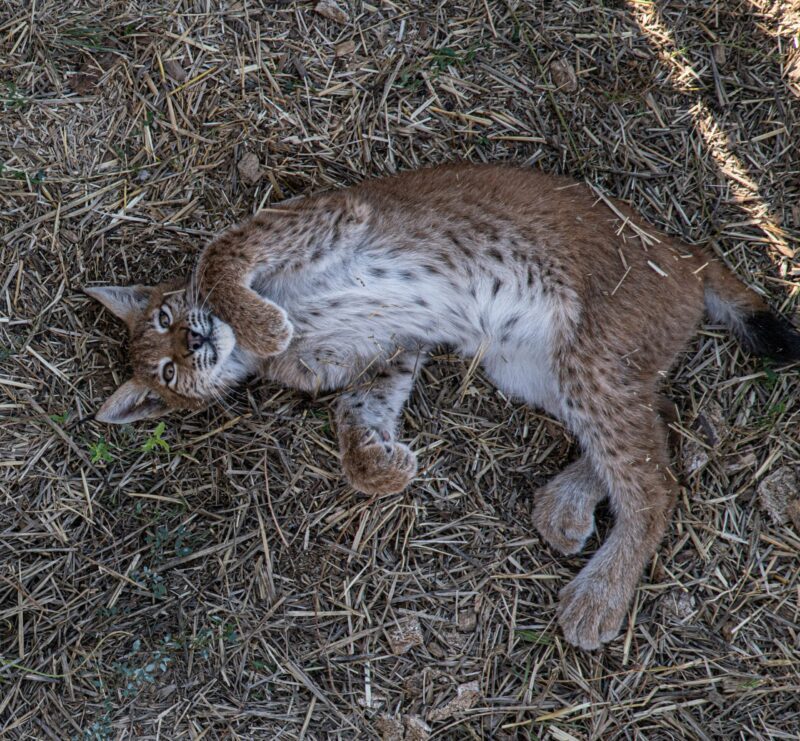
To this day, smaller populations continue to grow among larger and thriving ones. The intent is for lynxes to reach northern areas. The historical territory of the lynx included practically the entire Iberian Peninsula. Now they are recovering their home. Currently, there are 14 populations of lynxes in the Iberian Peninsula.
According to Samuel Plá Benítez, member of CBD Habitat Foundation and the Lynx Project, emphasized the importance of Iberian lynxes to Spanish national identity:
If we see that the Alhambra fortress in Granada is collapsing, no one would even imagine abandoning it. I think that everyone would contribute to keep it safe. Well, the lynx is just another natural and cultural heritage we need to keep safe.
Bottom line: The lynx is a fascinating animal and an example of good conservation efforts. Here’s how it managed to escape the list of critically endangered species.
Meet the constellation Lynx, overhead in March











